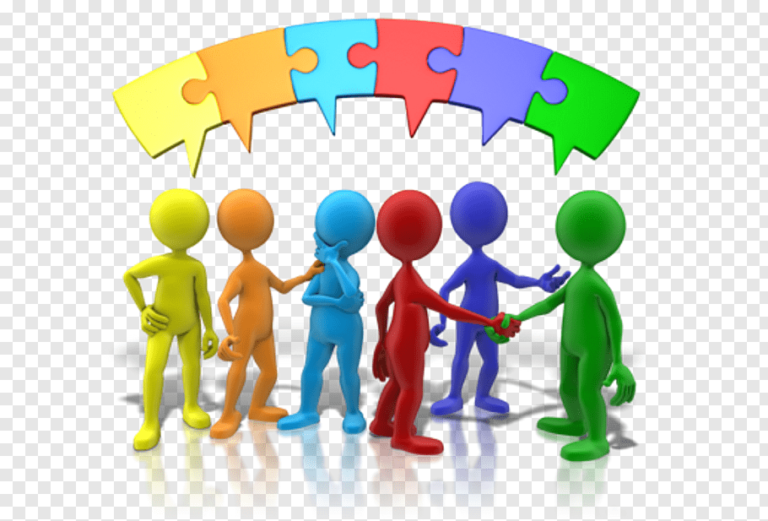This post introduces a short process to help you check -in on the health of your relationships so that you can bring back to sharp focus the people and relationships that matter most to you in your life and leadership.
In an earlier post I introduced this idea of how we need to be intentional in how we allocate our ‘mental real estate’ as it a finite and not infinite resource that we must use wisely. Amongst all of the competing demands, sometimes life bolts forward without us. When this happens we can lose focus of the relationships and people in our lives that matter most. Perhaps you can relate to this in your own life?
Part of self-leadership involves us slowing down enough to notice this has happened – and to intentionally check in on the ‘health’ of our relationships so that we can get clear on what needs to change to grow connection.
I want to share with you a process that I use in leadership workshops. It is designed to help you bring focussed attention to acknowledging and better understanding the health of your key relationships. Taking time to do this can be a powerful way of being a little more strategic on where to invest your precious time and effort, and to therefore better allocate your ‘mental real estate’. It can help you to cut out some of the noise and distractions and re-align your efforts to the things and people in your life that matter most.
I invite you to bring your own life circumstances and relationships into the arena here. Take out your notebook and complete the following short process:
1. Select 5-10 key relationships – can be a mix of work/home/other – key is that the relationships that are important for you in your work and life –and that they are ones that you are willing to intentionally focus on to grow and strengthen.
2. Rate the current ‘health’ of each relationship – based on your assessment of the level of trust ( a topic that we have not specifically covered here but one that I am sure you have a good sense of) that exists between you and the overall quality of each of these relationships (in terms of the level of health, transparency, openness and any other factor that you consider as important in your relationships). Allocate a current health rating if between 1 (a disaster) and 10 (couldn’t get any better) to each of the relationships.
3. Set aspirational target for each relationship – goal is not to get each relationship to 10 but determine where you would like/ and or need that relationship to be and a part of that will be factoring in which relationships are the most important to you.
NB. This is like your secret plan – it’s not something you would of course share with the people on here – it is about focusing your energy and attention and being intentional about the relationships that you want to grow.
4. Identify one specific action you will take to grow connection in each of these relationships and commit to a plan to make that happen.
What do you notice? How do you feel?
This exercise may bring up all sorts of things for you. Often people experience a gap between where they thought the ‘health’ of a key relationship was and where they find it actually is.This is not unusual when we move from autopilot to bringing focussed attention.
For one client what he realised is that he had been putting so much every and effort into a particular relationship and that it was not being reciprocated at all. He made a choice as part of this insight to back- off on this relationship and reallocate some of that energy and effort elsewhere.
Another client said she felt sick when she realised what she termed – ‘the sad health state’ of her relationships and felt a compelling need to bring greater energy and focus into immediately rectifying this situation. We explored the broader context around this situation which was connected to the leader being in a job that she was finding to consuming and her struggles with wellbeing. So for this leader, this self-discovery process left her considering what was enabling her and what was limiting her in terms of her current reality more broadly.
Through taking the time to bring awareness to the current ‘health’ of our relationships and connecting with how we would like this relationship to be, we are well positioned to take appropriate action to grow connection and to make better decisions and choices about our lives and leadership.
Wishing you happy, connected and healthy relationships. Please reach out if I can help in any way.


